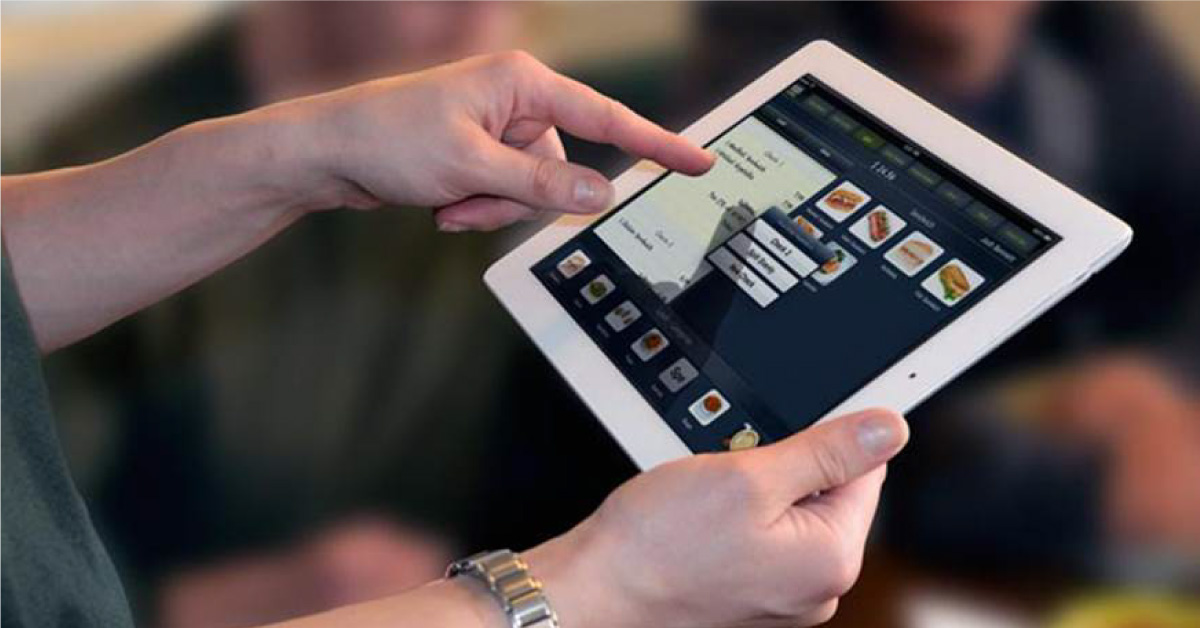
» Instruction to Lean Inventory Management For Restaurants
Restaurant inventory management is ideally a process to keep a tab on supplies and ingredients you have for your shifts in real-time. It also helps you make cost-effective beverage and supply orders. Effective inventory management is vital to your regular operations and long-term objectives. Here are some tips for managing your restaurant inventory.

Use POS system and take stock by hand -
A POS system mainly provides several perks like forecasting information, order planning reports, automated inventory tracking, and integrated accounting based on the patron's orders. But it doesn't include any other sources of stock loss like inefficient or incorrect food items, spoilage, spillage and drinks preparation process, and theft. The POS system cannot consider the abovementioned scenes unless some information is manually integrated. So when you put inventory manually, you can get your hands on a more accurate report.
Have employees keep a tab on the inventory -
You need to have a team to take care of your inventory, like the managers and chef. It will make it easy for you to analyse inconsistencies. Additionally, as these people will constantly keep track of your inventory, they will be able to understand the patterns and nuances ideally involved in the seamless inventory over time. You can ensure the accuracy of your inventory by assuring you train your staff thoroughly through the process. It would be best if you considered offering some bonuses to your employees and as a result of stock savings. The bottom line is to teach them how to keep track of your inventory correctly.
Have a consistent schedule -
You need to have a regular program that allows you to understand accurately how many items out of your stock and supplies are used really in a specific timeframe. For instance, you need to check the perishables and prominent items every day. On the other hand, you can count the non-perishables around once or twice a week. You can see some patterns and adjust your orders or menu offerings as needed with time.
Follow the First In, First Out (FIFO) Method -
You need to use the items firstly received by organizing various areas like a more excellent, dry storage, freezer, and shelves as per FIFO to reduce the food spoilage. This method helps you keep the wastage minimum.
Have a sheet for food waste -
Your stock list needs to show you elements and supply various quantities, but a food waste sheet gives you an idea of where the stock is going that is not accounted for in any sales. It allows you to come up with various solutions for the missing ingredients. You can buy less or find ways to use ingredients if your sheet shows a lot of food spoilage. Servers need to be more cautious while putting orders in your system if the chef is experimenting with new dishes or on the whim to throw away containers because an employee has ordered a wrong item. Your POS can mainly include the reason for waste, date, time, etc.
Use extra ingredients to reduce food waste -
you can incorporate the wasted ingredients in current dishes if you see excess ingredients that will go bad soon or make an amuse-bouche or unique to offer great words to your guests. When you do so, you can prevent potential losses and avoid wasting food considerably.
Use past stock insights for future orders -
When you learn about ingredients that were over or underutilized as per your inventory for a given period as you can make informed decisions for your ordering process. Beyond your POS system also you can understand and learn about trends that are here to stay.
Tips to take the restaurant inventory :
- In a personalized inventory management program - you can create a table and start by crafting five rows on a restaurant stock sheet. You can learn about the labels, including items, measurement units, unit price, etc.
- List the items - You need to list out all the things you have in your restaurant under the columns below. It needs to have everything from perishable to cleaning supplies.
- Add some measurement units - You need to write down all the measurement units and use them to understand the quantity of each item bought.
